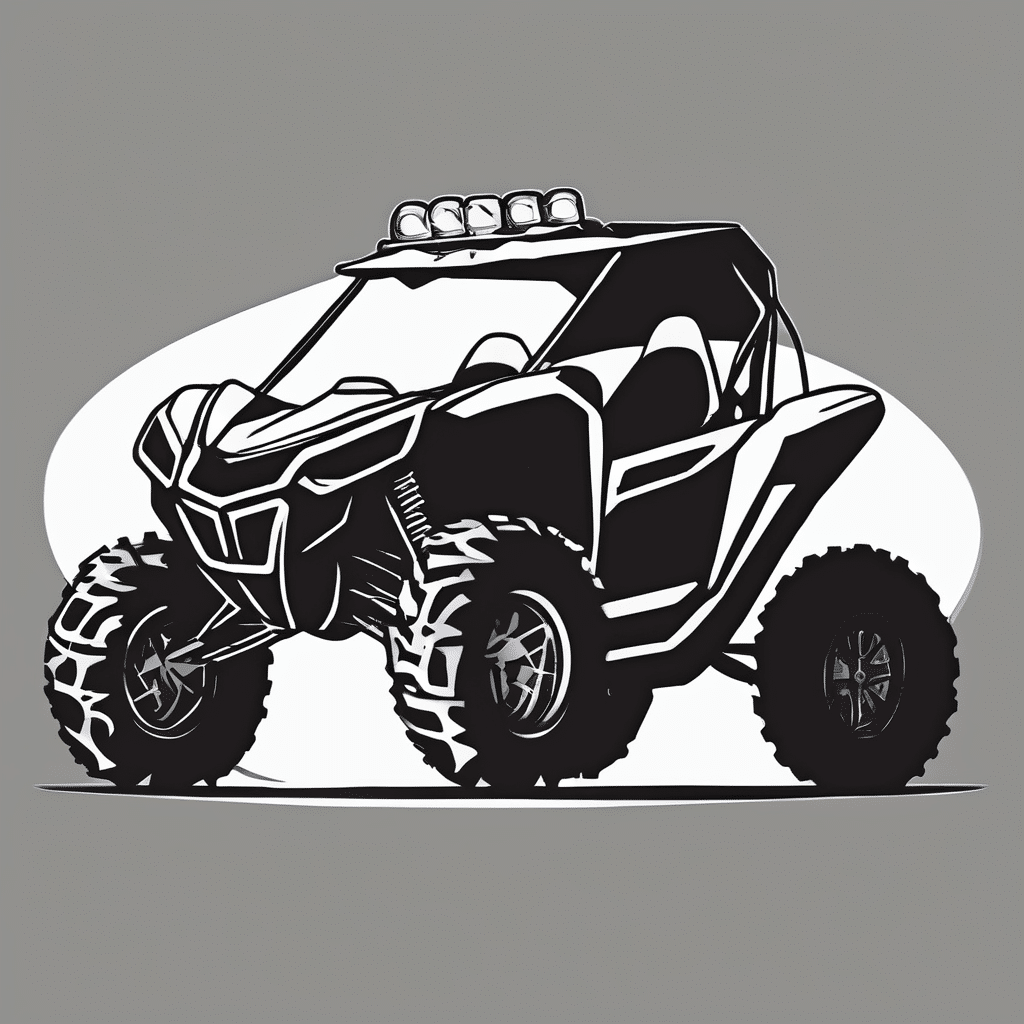Essential Tools and Safety Preparation for Triumph Tiger 900 Rear Brake Pad Replacement
Before starting your Triumph Tiger 900 brake maintenance, gathering the correct rear brake pad tools is crucial. You’ll need a torque wrench, Allen keys (usually 6mm or 8mm), a flathead screwdriver for caliper pistons, brake cleaner, and a catch tray for any brake fluid. Having high-quality tools ensures precision and avoids damage to sensitive components.
Safety is paramount. Wearing gloves and safety glasses protects against brake dust and fluid, which can be harmful. Always work in a well-ventilated, clean workspace free from distractions. Ensure the motorcycle is stable, using a paddock stand or rear wheel stand. Double-check that the bike is cool to the touch to prevent burns.
En parallèle : Transform Your Journey: The Definitive Guide to Perfecting Honda CB500F Handlebar Ergonomics
Prepare the bike by cleaning the rear brake caliper area to avoid debris entering the system during pad replacement. Keeping the workspace organized and tools within reach aids efficiency and reduces errors. These motorcycle safety tips and proper tool readiness set the foundation for a smooth, secure Triumph Tiger 900 brake maintenance experience.
Step-by-Step Instructions: How to Replace Rear Brake Pads on the Triumph Tiger 900
Replacing rear brake pads on the Triumph Tiger 900 requires a precise, methodical approach to ensure safety and performance. First, secure the bike on a paddock stand to stabilize it. Remove the rear wheel if necessary to access the brake caliper easily. Using the appropriate rear brake pad tools, typically Allen keys and a torque wrench, loosen the caliper mounting bolts carefully.
En parallèle : Mastering Your Suzuki Intruder M1800R: The Definitive Handbook for Oil Pump Inspection and Optimization for Maximum Performance
Next, gently pry the caliper pistons back using a flathead screwdriver or piston tool—this creates space for the new pads. Slide out the worn pads while noting their orientation for correct installation. Insert the new rear brake pads, making sure they sit flush within the caliper carrier. Reinstall the caliper and torque the mounting bolts to the manufacturer’s specifications for the Triumph Tiger 900 brake maintenance—usually around 25 Nm.
Finally, pump the brake lever several times to reset the caliper pistons, restoring proper pad contact. Avoid common pitfalls such as improper torque, uneven pad seating, or contaminated pads. Following these steps carefully ensures reliable braking performance and long-lasting results with the rear brake pad replacement on your Tiger 900.
Essential Tools and Safety Preparation for Triumph Tiger 900 Rear Brake Pad Replacement
To perform effective Triumph Tiger 900 brake maintenance, having the right rear brake pad tools is vital. Start with a torque wrench calibrated for the correct settings—this ensures bolts are tightened without damage. Include Allen keys (commonly 6mm or 8mm) tailored for the caliper bolts and a flathead screwdriver to gently retract the caliper pistons. Brake cleaner is essential to remove contaminants from the caliper and rotor surfaces. Don’t forget a catch tray to safely hold any leaking brake fluid.
In terms of motorcycle safety tips, protective gloves and safety glasses guard against brake dust and accidental fluid splashes. Working in a clean, well-lit space reduces risks of slipping or contaminating brake parts. Ensure the bike is securely elevated on a paddock stand or suitable rear wheel stand to prevent unintentional movement. Confirm the rear brake area is cool before starting; hot components can cause burns or warped parts.
Finally, before beginning, clean the brake caliper area meticulously to prevent dirt entry during pad replacement. This preparation, combined with the right tools and safety gear, lays a solid foundation for efficient and secure Triumph Tiger 900 brake maintenance.
Essential Tools and Safety Preparation for Triumph Tiger 900 Rear Brake Pad Replacement
Performing Triumph Tiger 900 brake maintenance requires assembling the correct rear brake pad tools to ensure accuracy and safety. Key tools include a calibrated torque wrench for precise bolt tightening, Allen keys (usually 6mm or 8mm) specific to caliper mount bolts, and a flathead screwdriver for safely retracting caliper pistons. Brake cleaner is indispensable to eliminate residue that could compromise braking efficiency, while a catch tray prevents spills from contaminating your workspace.
Adhering to motorcycle safety tips starts with equipping appropriate protective gear. Gloves shield your hands from corrosive brake fluid and harmful dust particles, while safety glasses protect your eyes from accidental splashes or debris. Always confirm the motorcycle is stable on a paddock or rear-wheel stand to avoid any risk of tipping.
A clean, well-lit workspace is vital. Thoroughly clean the caliper area before beginning to prevent dirt or grit from entering the braking system during pad replacement. Also, verify that the bike’s rear brake components are cool, as hot parts can cause injury or damage. These preparations streamline the process and maximize safety during your Triumph Tiger 900 rear brake pad replacement.
Essential Tools and Safety Preparation for Triumph Tiger 900 Rear Brake Pad Replacement
Prior to any Triumph Tiger 900 brake maintenance, assembling the correct rear brake pad tools is essential for both safety and efficiency. These tools include a reliable torque wrench for precise bolt tightening, Allen keys (typically 6mm or 8mm) for caliper bolts, and a flathead screwdriver for gently compressing the caliper pistons. High-quality brake cleaner is necessary to remove dirt and prevent contamination on the rotor and pads, while a catch tray helps control any brake fluid leaks, keeping your workspace clean.
Adhering to motorcycle safety tips is equally important. Always wear gloves to protect against brake dust and corrosive fluid exposure, and safety glasses to shield your eyes from potential splashes. Confirm that the motorcycle is stable, secured on a paddock or rear wheel stand, to prevent accidental tipping during maintenance.
Before starting, thoroughly clean the brake caliper area to prevent debris from entering the system, and verify all parts have cooled down to avoid burns or warping. Preparing both your tools and workspace in this way ensures your Triumph Tiger 900 rear brake pad replacement goes smoothly, safely, and accurately.










